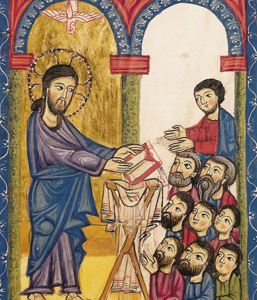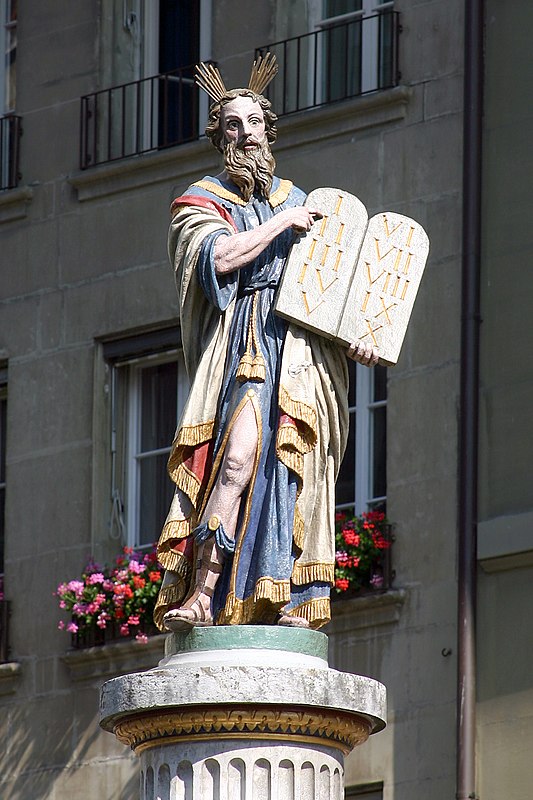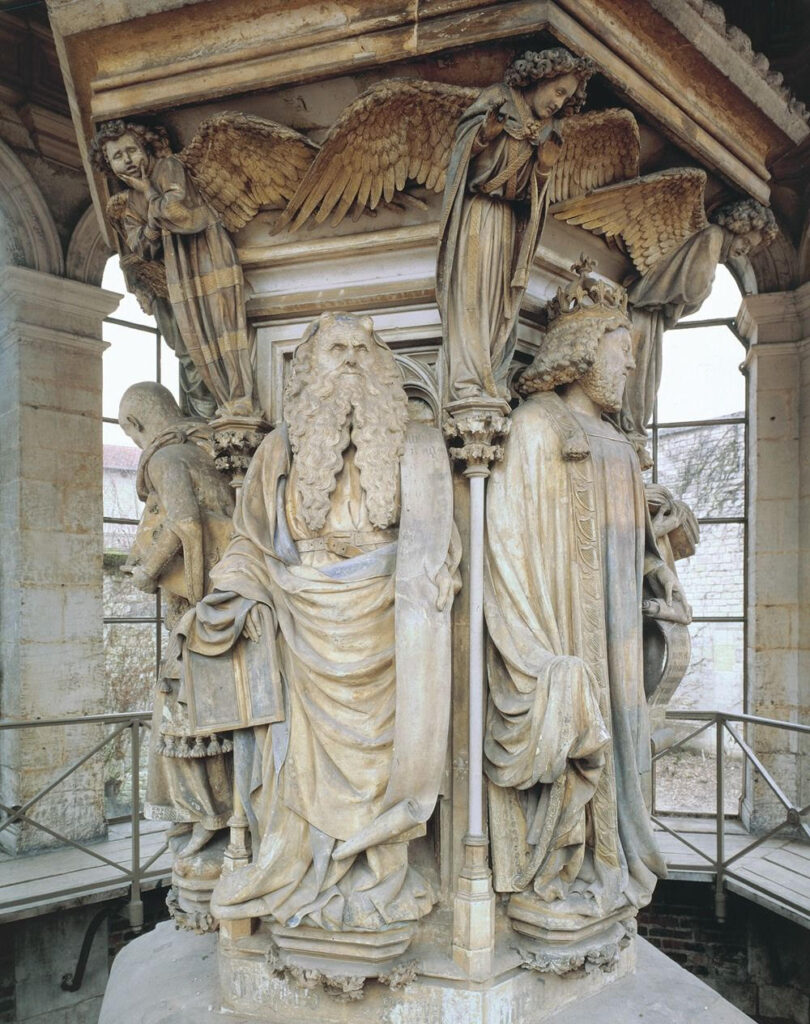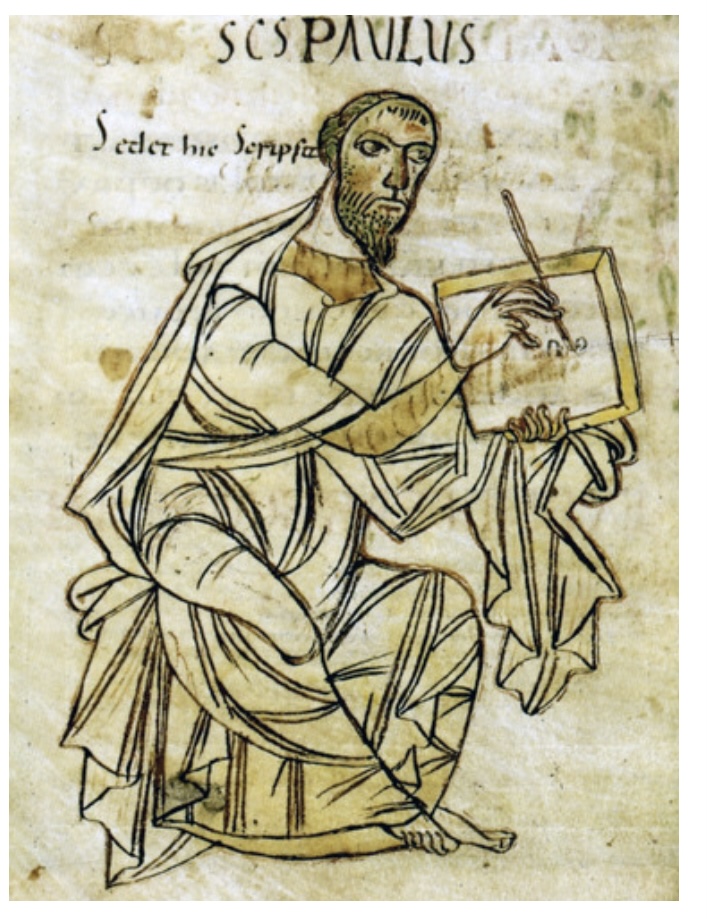
Indeed, until today, whenever Moses is read, a veil lies on their heart. However, when one turns to the Lord the veil is taken away. Now the Lord is the Spirit; and where the Lord’s Spirit is, there is freedom. But all of us, with uncovered face beholding the glory of the Lord as in a mirror, are being transformed into the same image from glory to glory, as this comes from the Spirit of the Lord. (2 Cor. 3:12-18)
St. Paul tells us that a veil lies on the hearts of those who read the Old Testament without understanding that it speaks to us about Christ and points to Christ. Only by reading it in the light of Christ’s birth and life, his Death and Resurrection does the Old Testament tell us everything that God intends us to hear. Reading the Old Testament through the prism of the Gospel removes the veil from our hearts so that we can begin to grasp the full message of the words. In the Old Testament, we don’t see Christ directly but we see him reflected, “as in a mirror.”
We have to remember that a mirror in St. Paul’s day were not the silver-backed pieces of glass that clearly show us our own faces. In St. Paul’s time, a mirror was a polished piece of metal that reflected an image but the reflection was fuzzy and hazy. Sometimes it was hard for a person to really understand what they were looking at. So it is with Christ in the Old Testament: sometimes it his reflection is fuzzy and hazy. Sometimes it is hard for us to understand how we can see him in a particular Old Testament passage.
Reading the Old Testament from the perspective of the Gospel, we stand before God with naked faces–no veils!–and behold the glory of God that made Moses cover his face so that the people could look at him. Because we see the glory of God, we are being transformed into that same glory. We are always progressing from our current glorious state to an even more glorious state-of-being, suffused and saturated by the glory of God. Christian life is never-ending growth, becoming more and more like God. (When Adam and Eve were expelled from Eden, they lost their “likeness” with God but not the “image of God” in which they were made. It is the choice of each of us to recapture that “likeness.”)
The phrase “from glory to glory” is especially associated with St. Gregory of Nyssa nowadays because of the famous collection of his writings published under that title. (See it on Amazon here.) St. Gregory wrote:
Change is nothing to be afraid of. We are always changing. What is bad is if we are not changing for the better …. For this truly is perfection: never to stop growing toward what is better and never placing any limit on perfection.
Lent is coming. Lent is the time when the Church asks us to spend more time reading the Bible, including the Old Testament. In the early centuries of the Church, people coming to be baptized would be taught about Genesis, Proverbs, Isaiah in the Old Testament and the Gospel According to St. Mark and the Epistle to the Hebrews in the New Testament. (One of St. Gregory’s own, most important works is a collection of sermons on the Song of Songs in the Old Testament.) Most of the attention of the catechists (teachers) and catechumens (people wanting to be baptized) would be focused on the Old Testament. This might surprise most people today but should guide us in how much effort we put into reading which portions of the Bible.



